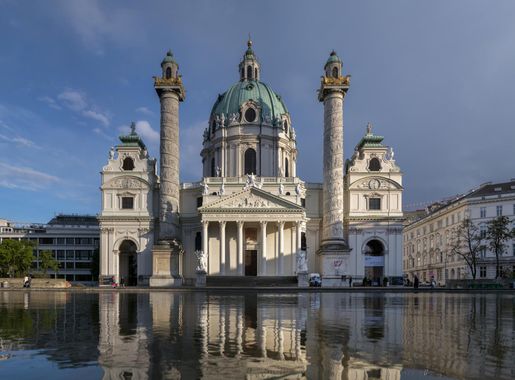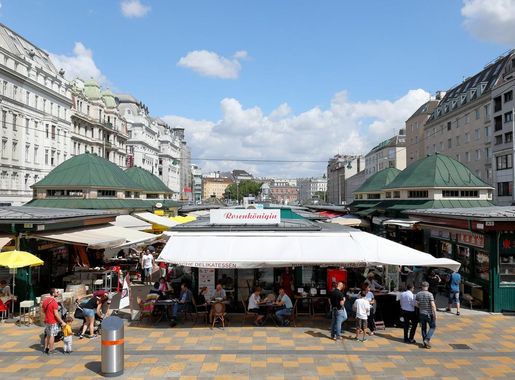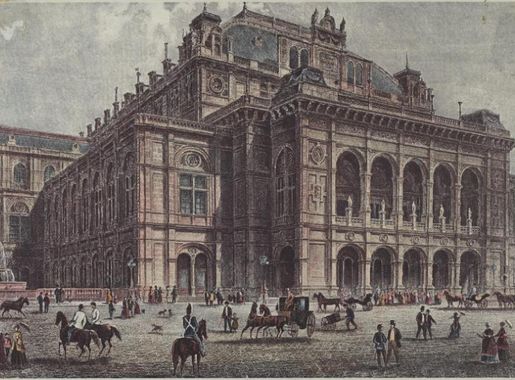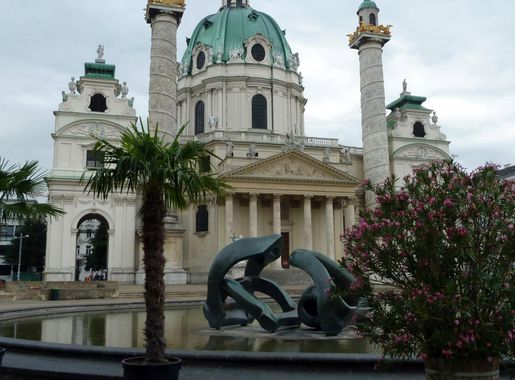
Wieden: The Historical Heartbeat of Vienna
Discover Wieden: Vienna's historical district rich in culture, baroque architecture, vibrant markets, and artistic treasures, perfect for an immersive travel experience.
Wieden, one of Vienna's oldest districts, offers a charming blend of the past and the present. This neighbourhood is a treasure trove of historical architecture, lively markets, and cultural landmarks. As you wander through its cobblestone streets, you'll find an array of elegant baroque buildings standing shoulder to shoulder with modern boutiques and quaint cafes. The district's rich history is palpable, with every corner telling a story of Vienna's imperial past. The Belvedere Palace, a stunning baroque masterpiece, is one of Wieden's crown jewels. This former royal residence now houses an impressive art collection, including works by Gustav Klimt and Egon Schiele. Strolling through its beautifully manicured gardens offers a serene escape from the bustling city. Another must-visit is the Naschmarkt, Vienna's most famous market, which has been serving locals and tourists alike since the 16th century. Here, you can sample a wide variety of fresh produce, exotic spices, and delectable treats from around the world. Wieden is also home to a vibrant cultural scene. The Theater an der Wien, one of Vienna's oldest and most prestigious theaters, hosts an array of opera and musical performances. For a more contemporary experience, visit the MuseumsQuartier, a cultural complex that offers a diverse mix of art, design, and architecture exhibitions. With its rich history, vibrant markets, and cultural offerings, Wieden provides a unique and memorable experience for any visitor to Vienna.
Local tips in Wieden
- Visit the Belvedere Palace early in the morning to avoid crowds and enjoy the gardens in peace.
- Explore Naschmarkt on a Saturday for the flea market and a wider variety of food stalls.
- Buy a Vienna Card for free public transport and discounts at many attractions in Wieden.
- Wear comfortable shoes as the best way to explore this neighbourhood is on foot.
- Try local Austrian dishes at one of the traditional 'Beisln' (bistros) in the area for an authentic culinary experience.
Wieden: The Historical Heartbeat of Vienna
Wieden, one of Vienna's oldest districts, offers a charming blend of the past and the present. This neighbourhood is a treasure trove of historical architecture, lively markets, and cultural landmarks. As you wander through its cobblestone streets, you'll find an array of elegant baroque buildings standing shoulder to shoulder with modern boutiques and quaint cafes. The district's rich history is palpable, with every corner telling a story of Vienna's imperial past. The Belvedere Palace, a stunning baroque masterpiece, is one of Wieden's crown jewels. This former royal residence now houses an impressive art collection, including works by Gustav Klimt and Egon Schiele. Strolling through its beautifully manicured gardens offers a serene escape from the bustling city. Another must-visit is the Naschmarkt, Vienna's most famous market, which has been serving locals and tourists alike since the 16th century. Here, you can sample a wide variety of fresh produce, exotic spices, and delectable treats from around the world. Wieden is also home to a vibrant cultural scene. The Theater an der Wien, one of Vienna's oldest and most prestigious theaters, hosts an array of opera and musical performances. For a more contemporary experience, visit the MuseumsQuartier, a cultural complex that offers a diverse mix of art, design, and architecture exhibitions. With its rich history, vibrant markets, and cultural offerings, Wieden provides a unique and memorable experience for any visitor to Vienna.
Iconic landmarks you can’t miss
Schönbrunn Palace
Explore the opulence of Schönbrunn Palace, a UNESCO World Heritage site in Vienna, where history and beauty intertwine amidst stunning gardens.

St. Stephen's Cathedral
Explore the breathtaking St. Stephen's Cathedral in Vienna, a stunning Gothic icon filled with rich history and architectural beauty.
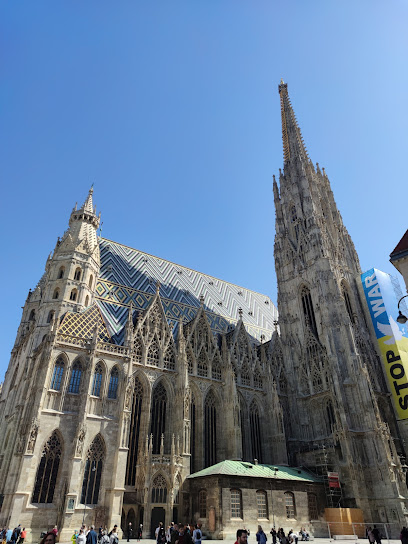
Belvedere Palace
Explore the stunning Belvedere Palace in Vienna, home to Klimt's masterpieces and breathtaking gardens, a highlight for every traveler.

Hofburg
Experience the grandeur of Hofburg Palace in Vienna, a historical landmark that showcases Austria's rich imperial heritage and captivating cultural attractions.
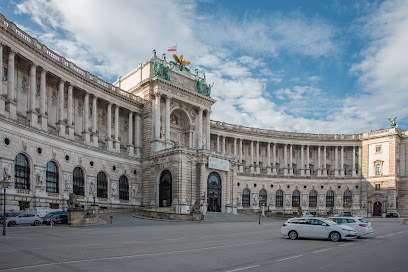
Rathausplatz
Experience the historic charm of Rathausplatz, Vienna's iconic plaza, surrounded by stunning architecture and vibrant cultural events.
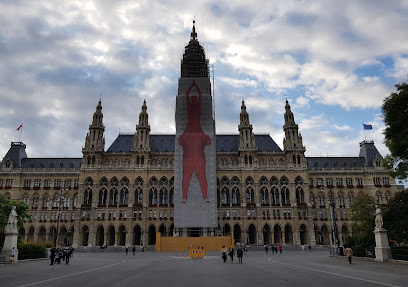
MuseumsQuartier Wien
Discover the artistic heart of Vienna at MuseumsQuartier, a vibrant cultural center filled with art, events, and remarkable architecture.
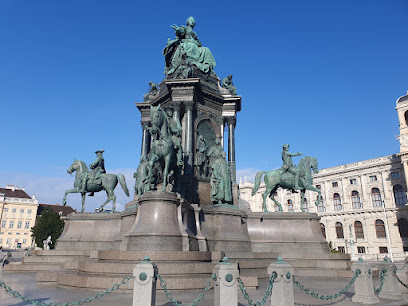
Kunsthistorisches Museum Wien
Explore the Kunsthistorisches Museum Wien, an art lover's paradise featuring exquisite collections from the Renaissance to the Baroque era.

Hundertwasser House
Discover the enchanting Hundertwasser House, a vibrant architectural gem in Vienna that blends art, nature, and sustainability into a unique experience.
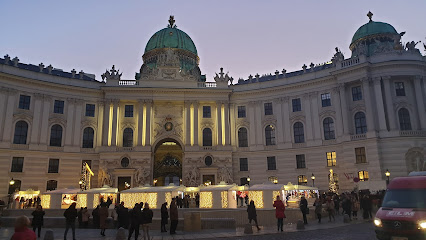
Heldenplatz
Discover the historic charm of Heldenplatz, a stunning square in Vienna surrounded by magnificent architecture and rich cultural heritage.
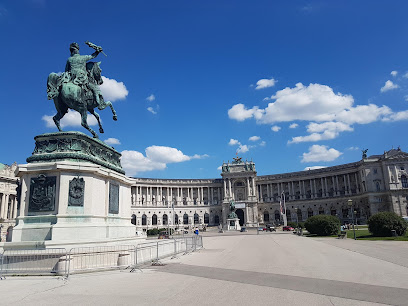
Burggarten
Experience the tranquility of Burggarten, Vienna's lush park filled with historical sculptures and serene spots for relaxation in the heart of the city.

Ankeruhr
Experience the magic of Vienna at Ankeruhr, where history and artistry collide in a stunning hourly clock performance.

Column of Pest
Discover the Column of Pest in Vienna, a stunning baroque monument commemorating the city's past and a symbol of resilience during the plague.
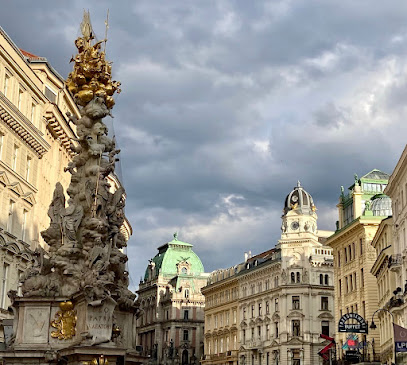
Time Travel Vienna
Discover Vienna's history like never before at Time Travel Vienna, an immersive local history museum where the past comes to life.
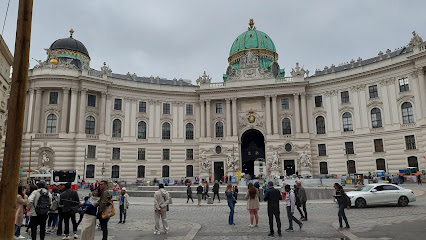
Lower Belvedere
Explore the artistic treasures and historical significance of Lower Belvedere, a stunning art museum in Vienna surrounded by beautiful gardens.
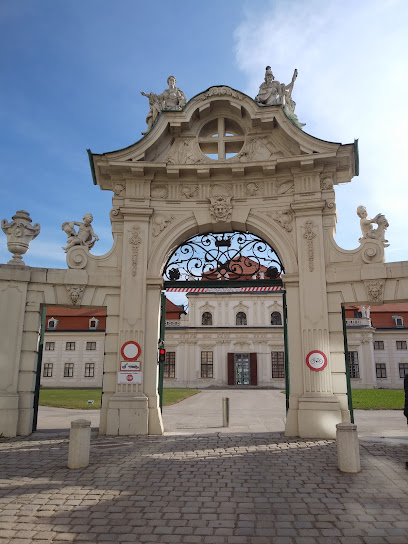
Hochstrahlbrunnen
Explore the breathtaking Hochstrahlbrunnen in Vienna, a historic landmark known for its stunning architecture and enchanting water displays.
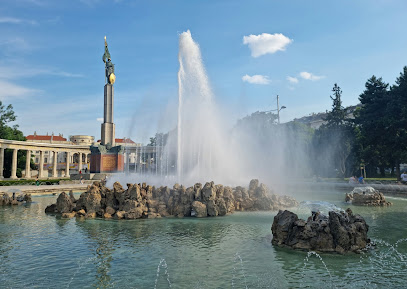
Unmissable attractions to see
Schönbrunn Palace
Explore the majestic Schönbrunn Palace, a baroque masterpiece in Vienna, surrounded by stunning gardens and rich imperial history.
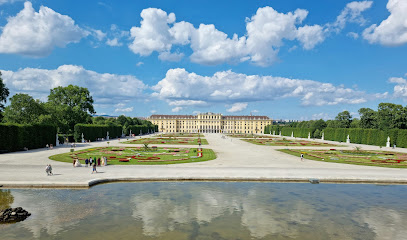
Viennese Giant Ferris Wheel
Discover breathtaking views of Vienna from the iconic Viennese Giant Ferris Wheel, a historic landmark in the heart of the city.

Kunsthistorisches Museum Wien
Explore the Kunsthistorisches Museum Wien: A cultural gem filled with masterpieces and history in the heart of Vienna.

Essential places to dine
Café & Restaurant Motto am Fluss
Discover exquisite European cuisine and stunning riverside views at Café & Restaurant Motto am Fluss in Vienna.
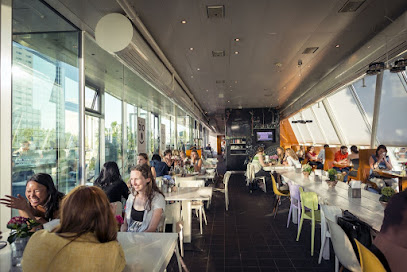
Steirereck
Experience exquisite Austrian cuisine at Steirereck in Vienna, where tradition meets innovation in a stunning setting.
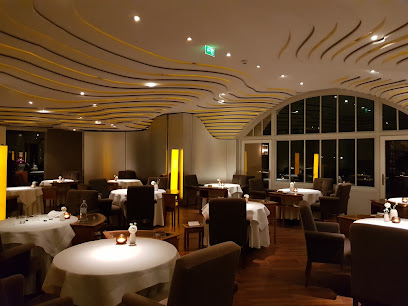
Schachtelwirt
Discover authentic Austrian flavors at Schachtelwirt, where tradition meets modern health-conscious dining in the heart of Vienna.

DiningRuhm
Experience the art of fusion dining at DiningRuhm in Vienna—where Japanese precision meets Peruvian zest and classic steakhouse flair.
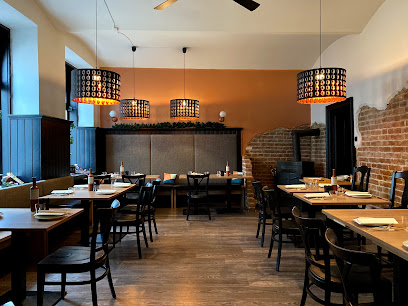
Das Lokal im Hof
Experience authentic Austrian cuisine at Das Lokal im Hof, where tradition meets modern culinary artistry in Vienna's charming Wieden district.
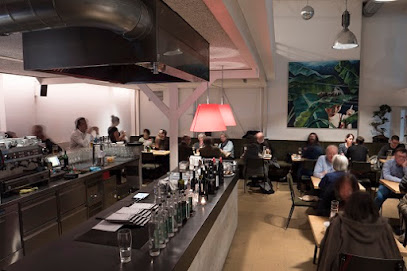
MINIRESTAURANT
Experience modern European cuisine and exquisite cocktails at MINIRESTAURANT in the heart of Vienna's Mariahilf district.
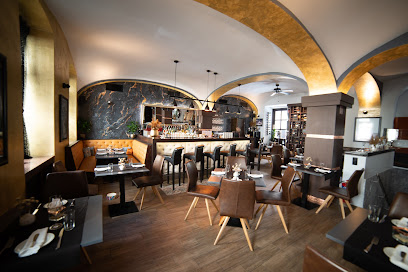
Restaurant Rote Bar
Experience fine dining at Restaurant Rote Bar in Vienna – where Austrian tradition meets contemporary culinary artistry.
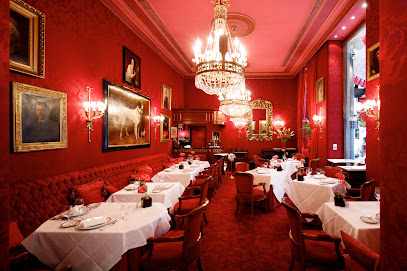
Entler Ein Restaurant
Discover exquisite Austrian cuisine at Entler in Vienna – where tradition meets modern elegance in every dish.
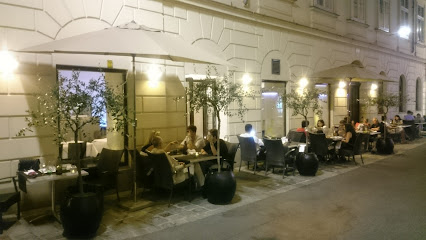
Loca Casual Fine Dining
Experience culinary excellence at Loca Casual Fine Dining in Vienna – where local flavors meet global influences in an elegant setting.
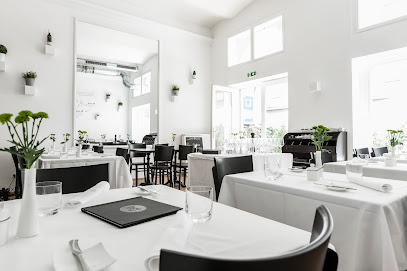
Restaurant Grüne Bar
Experience culinary excellence at Restaurant Grüne Bar in Vienna – where Austrian flavors meet fine dining elegance.
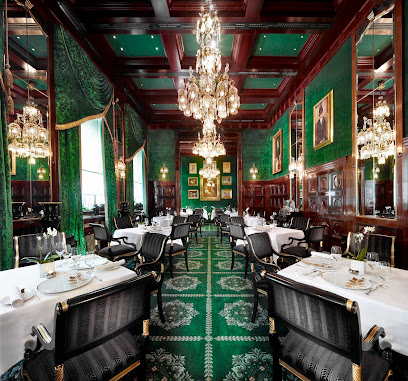
Markets, malls and hidden boutiques
World of Souvenirs
Explore a captivating world of authentic Austrian souvenirs at World of Souvenirs in the heart of Vienna, where every item tells a story.
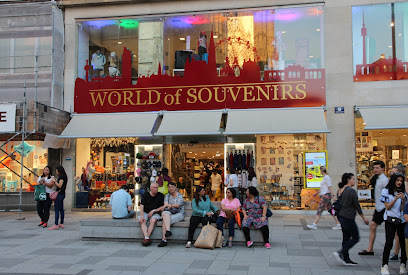
DIE VERMISCHTE WARENHANDLUNG
Explore a unique gift shop in the heart of Vienna, offering handcrafted souvenirs and local artistry that celebrate Austria's vibrant culture.

MAK Design Shop
Explore the MAK Design Shop in Vienna for unique gifts and contemporary designs that reflect the city's rich artistic heritage.
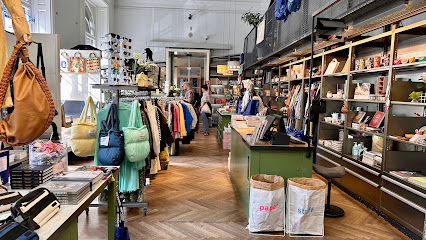
HAMTIL & SÖHNE Concept Store Vienna
Explore the creativity of Vienna at HAMTIL & SÖHNE, a concept store featuring unique gifts and local artisan products in a charming setting.
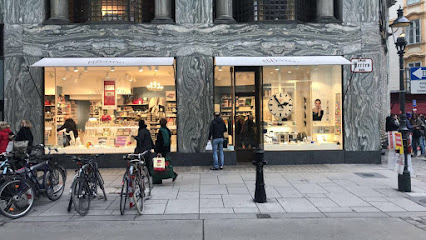
The Shop around the Corner
Explore unique fashion finds and sustainable style at The Shop around the Corner, a charming used clothing store in Vienna's Leopoldstadt.
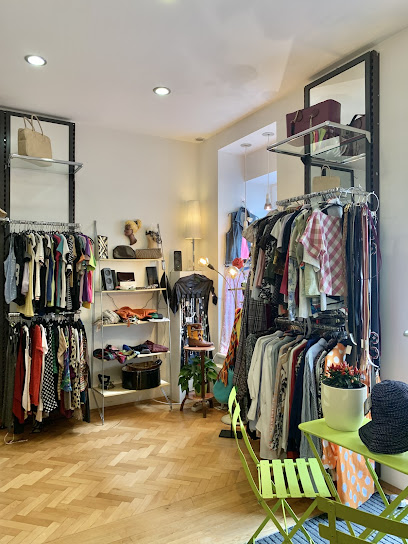
&Friends Store
Discover the charm of &Friends Store in Vienna, a boutique gift shop offering unique handmade items, perfect for souvenirs and special gifts.
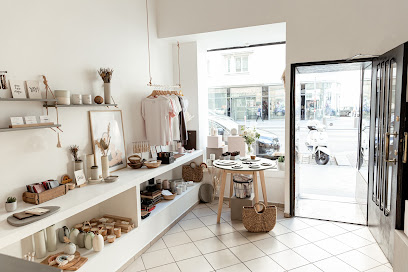
The Vienna Gallery Store
Explore The Vienna Gallery Store, an enchanting gift shop in Landstraße, where art, antiques, and unique souvenirs await every traveler.
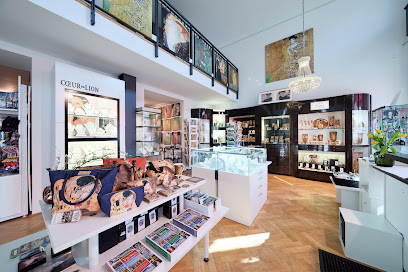
wow. shop
Explore Vienna's vibrant culture through unique gifts and artisanal products at Wow. Shop, a boutique treasure in the heart of the city.
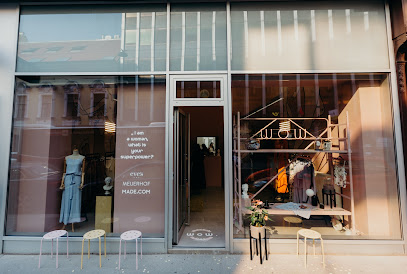
UNIKATESSEN CONCEPT STORE
Explore the charm of vintage fashion at UNIKATESSEN Concept Store in Vienna, where every piece tells a story and adds uniqueness to your wardrobe.
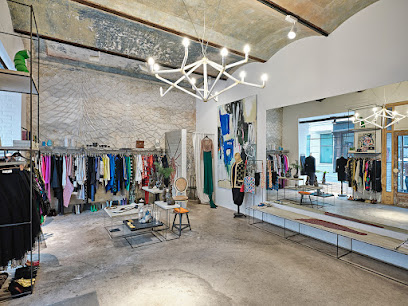
SIEBENTAGE STORE
Explore the vibrant fashion scene at Siebentage Store in Vienna, where unique clothing meets local charm.
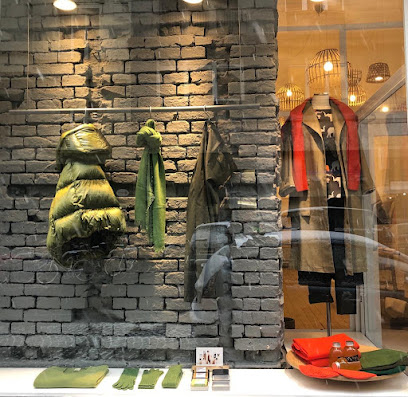
Essential bars & hidden hideouts
Loos American Bar
Experience the charm of Vienna at Loos American Bar, where exquisite cocktails and elegant Art Deco ambiance create unforgettable memories.
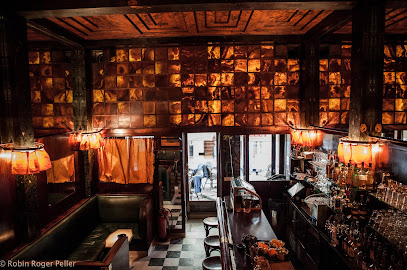
Needle Vinyl Bar
Discover a vibrant cocktail experience at Needle Vinyl Bar in Vienna, where music and mixology come together in an inviting ambiance.
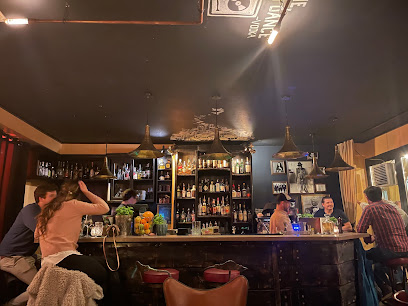
IF DOGS RUN FREE
Discover IF DOGS RUN FREE in Vienna, where cocktails meet canine companionship for an unforgettable bar experience.

Luster Bar
Experience the vibrant nightlife at Luster Bar in Vienna, where delightful drinks and a cozy atmosphere await every visitor.
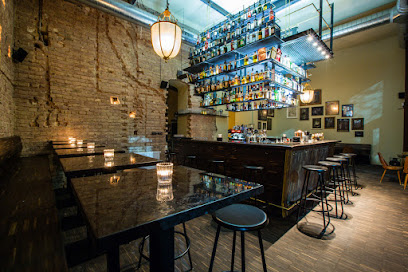
Needle Vinyl Bar 33rpm
Experience the fusion of vintage vinyl and innovative cocktails at Needle Vinyl Bar 33rpm in the heart of Vienna's nightlife.
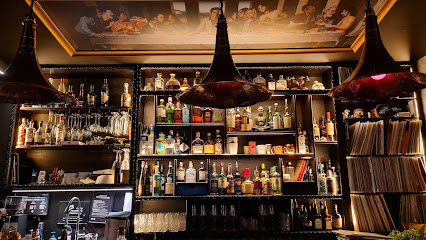
Truth & Dare | Cocktailbar | Bar | Mixology Best Bar Austria 2023 & 2024
Discover Vienna's premier cocktail bar, Truth & Dare, where exceptional mixology meets a vibrant atmosphere for an unforgettable night out.
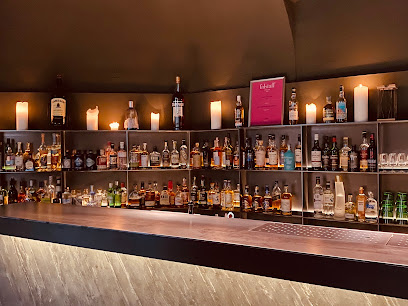
Funky Monkey Bar
Discover the lively vibe of Funky Monkey Bar in Vienna, where great drinks and an electric atmosphere come together for an unforgettable night out.
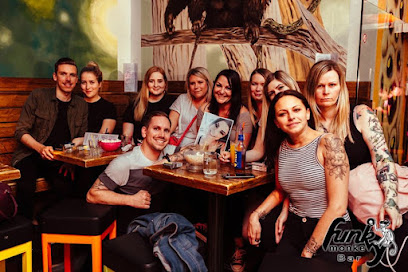
New York Bar and Music
Experience the vibrant nightlife at New York Bar in Vienna, where live music, great drinks, and an inviting atmosphere await.
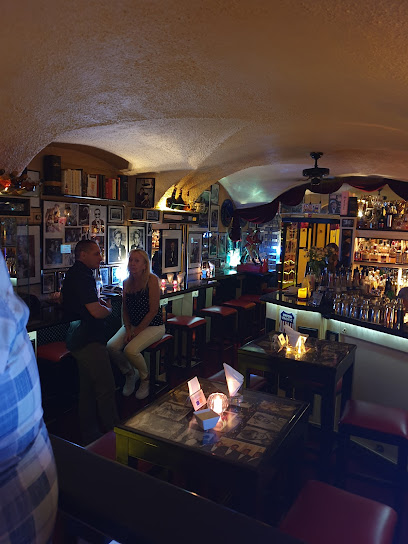
Gravity Bar Wien
Experience Vienna's vibrant nightlife at Gravity Bar Wien, where delightful cocktails and stunning views create unforgettable moments.
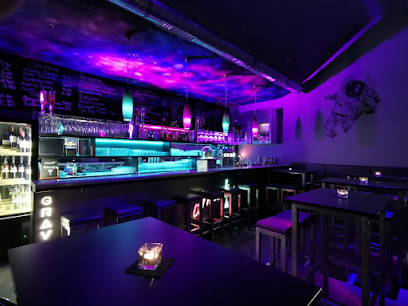
Vienna Schick Bar
Experience Vienna Schick Bar, where art meets flavor in a dog-friendly lounge that delights with creative toast dishes and a cozy ambiance.
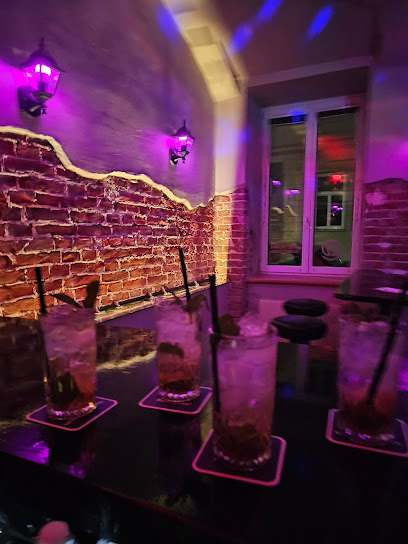
Local Phrases
-
- HelloGrüß Gott
[Grüß Gott] - GoodbyeAuf Wiedersehen
[Auf Wiedersehen] - YesJa
[Ja] - NoNein
[Nine] - Please/You're welcomeBitte
[Bitt-eh] - Thank youDanke
[Dank-eh] - Excuse me/SorryEntschuldigung
[Ent-shul-dee-gung] - How are you?Wie geht es Ihnen?
[Vee geht es Ee-nen?] - Fine. And you?Danke, gut. Und Ihnen?
[Dank-eh, goot. Oond Ee-nen?] - Do you speak English?Sprechen Sie Englisch?
[Spre-khen Zee Eng-lish?] - I don't understandIch verstehe nicht
[Ikh fer-shtay-he nikht]
- HelloGrüß Gott
-
- I'd like to see the menu, pleaseIch hätte gerne die Speisekarte, bitte
[Ikh hat-eh ge-rne dee Spay-zuh-kar-te, bit-eh] - I don't eat meatIch esse kein Fleisch
[Ikh ess-eh kine Fly-sh] - Cheers!Prost!
[Prost] - I would like to pay, pleaseIch möchte bitte zahlen
[Ikh merkh-te bit-eh tsah-len]
- I'd like to see the menu, pleaseIch hätte gerne die Speisekarte, bitte
-
- Help!Hilfe!
[Hil-feh] - Go away!Geh weg!
[Gay vekh] - Call the Police!Rufen Sie die Polizei!
[Roof-en Zee dee Po-lee-tsay] - Call a doctor!Rufen Sie einen Arzt!
[Roof-en Zee i-nen Arts-t] - I'm lostIch habe mich verirrt
[Ikh hab-eh mikh fer-irt] - I'm illIch bin krank
[Ikh bin krank]
- Help!Hilfe!
-
- I'd like to buy...Ich möchte ... kaufen
[Ikh merkh-te ... kauf-en] - I'm just lookingIch schaue nur
[Ikh shau-eh noor] - How much is it?Wie viel kostet das?
[Vee feel kos-tet das?] - That's too expensiveDas ist zu teuer
[Das ist tso too-er] - Can you lower the price?Können Sie den Preis senken?
[Koo-nen Zee den Prees zen-ken?]
- I'd like to buy...Ich möchte ... kaufen
-
- What time is it?Wie spät ist es?
[Vee shpayt ist es?] - It's one o'clockEs ist ein Uhr
[Es ist iyn oor] - Half past (10)Halb elf
[Halb elf] - MorningMorgen
[Mor-ghen] - AfternoonNachmittag
[Nakh-mit-tahg] - EveningAbend
[Ah-bend] - YesterdayGestern
[Ge-sh-tern] - TodayHeute
[Hoy-teh] - TomorrowMorgen
[Mor-ghen] - 1Eins
[Iyns] - 2Zwei
[Tsvay] - 3Drei
[Dray] - 4Vier
[Feer] - 5Fünf
[Foonf] - 6Sechs
[Zeks] - 7Sieben
[Zee-ben] - 8Acht
[Akht] - 9Neun
[Noy-n] - 10Zehn
[Tsayn]
- What time is it?Wie spät ist es?
-
- Where's a/the...?Wo ist ...?
[Vo ist ...?] - What's the address?Was ist die Adresse?
[Vas ist dee Ad-rese?] - Can you show me (on the map)?Können Sie mir das zeigen (auf der Karte)?
[Koo-nen Zee meer das tsay-gen (ouf der Kar-te)?] - When's the next (bus)?Wann kommt der nächste (Bus)?
[Vann kommt der nykh-ste (Boos)?] - A ticket (to ....)Eine Fahrkarte (nach ...)
[I-ne Far-kar-te (nakh ...)]
- Where's a/the...?Wo ist ...?
History of Wieden
-
Wieden's history dates back to the early medieval period when it was primarily a rural area outside the city walls of Vienna. As Vienna expanded in the late Middle Ages, Wieden began to develop as a residential neighborhood. The establishment of the city fortifications in the 13th century marked the beginning of its integration into the growing urban landscape.
-
In the 16th and 17th centuries, Wieden became increasingly significant under the Habsburgs, who invested in the area, leading to the construction of several prominent buildings. The Baroque style began to dominate the architecture, with notable structures like the Karlskirche (St. Charles Church) being commissioned during this time. The church, completed in 1737, is a masterpiece of Baroque architecture and remains a central landmark in Wieden.
-
The 19th century saw Wieden undergo significant urbanization and cultural flourishing. The neighborhood became a hub for artists, intellectuals, and musicians, contributing to Vienna's reputation as a cultural capital. The Ringstraße, a grand boulevard encircling the inner city, was developed during this time, and Wieden played a crucial role as it connected various cultural institutions, including theatres and museums.
-
The late 19th and early 20th centuries were marked by social change in Wieden, reflecting broader trends across Vienna. The neighborhood became a focal point for workers' movements and socialist ideologies, with many rallies and meetings taking place in public squares. The presence of numerous Viennese cafés, which served as meeting places for intellectual discussions and political debates, was particularly notable during this period.
-
Today, Wieden is a vibrant neighborhood that reflects both its rich history and modern developments. Renovated historical buildings coexist with contemporary architecture, and the area continues to attract a diverse population. Cultural events, galleries, and festivals celebrate the artistic legacy of Wieden, while its cafes and restaurants maintain the tradition of being communal spaces for social interaction, reminiscent of the historical Viennese café culture.
Wieden Essentials
-
Wieden is easily accessible from various neighborhoods in Vienna. The U1 subway line connects Wieden to the city center, with the South Station (Karlsplatz) being a central hub. Tram lines 1, 62, and D also serve the area, providing convenient access from nearby districts. For those arriving from Vienna International Airport, the City Airport Train (CAT) to Wien Mitte station, followed by the U3 line to Stephansplatz and then U1 to Karlsplatz, is a straightforward route.
-
Wieden is well-served by public transport, making it easy to navigate. The U1 and U2 subway lines, along with several tram lines (1, 62, D), enable quick access to various parts of the neighborhood and beyond. Bicycles are a popular mode of transport, and you can rent bikes from various stations throughout the city. Walking is also a great way to explore the charming streets and hidden gems of Wieden.
-
Wieden is generally a safe neighborhood for tourists. However, standard travel precautions should be observed. Avoid poorly lit areas at night and be mindful of your belongings in crowded places. While there are no specific high-crime areas targeting tourists, petty theft can occur, particularly around busy tourist sites. It’s advisable to stay vigilant, especially near Karlsplatz and the Naschmarkt.
-
In case of emergencies, dial 112 for police, fire, or medical assistance. The nearest hospital is the Allgemeines Krankenhaus (AKH), which is well-equipped for medical emergencies. It is recommended to have travel insurance that covers medical care. For minor health issues, pharmacies are widely available, and staff usually speak English.
-
Fashion: Do dress smartly and modestly, especially when visiting churches. Don't wear overly casual or revealing clothing. Religion: Do respect local customs; when entering churches, cover your shoulders and knees. Public Transport: Do offer your seat to the elderly and pregnant women. Don't eat or drink on public transport. Greetings: Do greet with a firm handshake and maintain eye contact. Don't use first names unless invited. Eating & Drinking: Do try local Viennese dishes and enjoy coffee in traditional cafes. Don't rush your meals; dining is a leisurely experience.
-
To experience Wieden like a local, visit the Naschmarkt, a bustling market with fresh produce and diverse food stalls. Engage with local vendors and try out their specialties. Attend cultural events at the Vienna Museum or check out local art galleries. For a unique experience, take a stroll through the Belvedere gardens and enjoy the view of the baroque palace. Additionally, join in local festivals if your visit coincides with one, as they provide a glimpse into Viennese culture.
Nearby Cities to Wieden
-
Things To Do in Eisenstadt
-
Things To Do in Bratislava
-
Things To Do in Sopron
-
Things To Do in Trnava
-
Things To Do in Szombathely
-
Things To Do in Gyor
-
Things To Do in Brno
-
Things To Do in Graz
-
Things To Do in Trenčín
-
Things To Do in Linz
-
Things To Do in Zalaegerszeg
-
Things To Do in České Budějovice
-
Things To Do in Český Krumlov
-
Things To Do in Tatabanya
-
Things To Do in Veszprem

